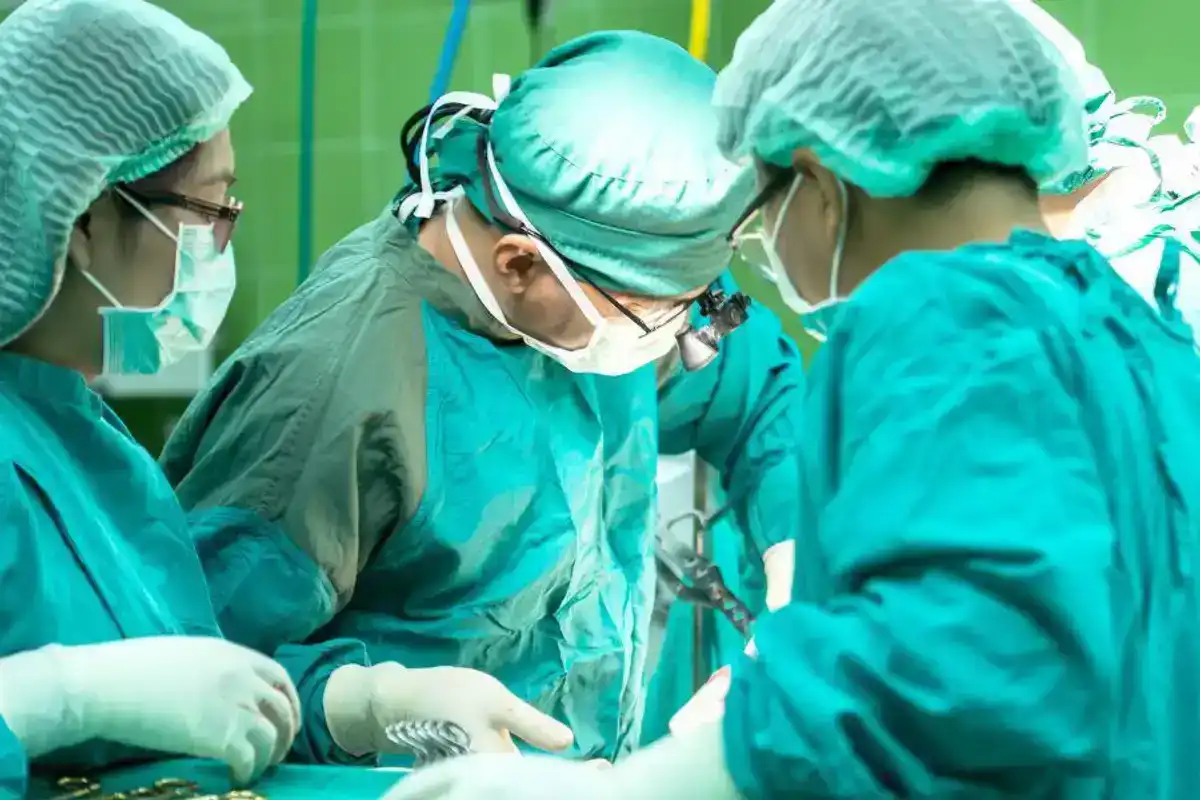Conjoined twins separated with the help of virtual reality
"It is already historic that both of them could be saved."
Surgeons prepared to separate conjoined twins in Brazil using virtual reality.
The things human beings have figured out how to do boggles the mind sometimes, especially in the realm of medicine.
It wasn't terribly long ago that people with a severe injury had to liquor up, bite a stick, have a body part sewn up or sawed off and hope for the best. (Sorry for the visual, but it's true.) The discoveries of antibiotics and anesthesia alone have completely revolutionized human existence, but we've gone well beyond that with what our best surgeons can accomplish.
Surgeries can range from fairly simple to incredibly complex, but few surgeries are more complicated than separating conjoined twins with combined major organs. That's why the recent surgical separation of conjoined twin boys with fused brains in Brazil is so incredible.
The twins, Bernardo and Arthur Lima, were almost 4 years old and had never seen one another's face. They've spent their lives conjoined at the top of their heads, facing opposite directions. Born as craniopagus twins (joined at the cranium), their brains were also fused together, making their separation extremely complex. According to the BBC, they had been cared for at the Instituto Estadual do Cérebro Paulo Niemeyer (Paulo Niemeyer State Brain Institute) in Rio de Janeiro for the past two and a half years.
Surgeon Noor ul Owase Jeelani is the founder of medical charity Gemini Untwined, which funded the surgery. He helped lead the team of nearly 100 medical workers who worked for months to prepare for the boys' separation, which was one of the most complicated of its kind.
Jeelani told the BBC that it was the first time surgeons in separate countries practiced by operating in the same "virtual reality room" together, wearing VR headsets.
"It's just wonderful," he said. "It's really great to see the anatomy and do the surgery before you actually put the children at any risk. You can’t imagine how reassuring this is for the surgeons. To do it in virtual reality was just really man-on-Mars stuff."
- YouTube www.youtube.com
Prior attempts to separate the twins had been unsuccessful, making the surgery even more challenging due to scar tissue. However, after multiple surgeries that took more than 33 hours collectively, the boys were successfully separated in June 2022.
“It was without a doubt the most complex surgery of my career,” said neurosurgeon Gabriel Mufarrej of the Paulo Niemeyer State Brain Institute, according to EuroNews. “At the beginning, nobody thought they would survive. It is already historic that both of them could be saved."
Jeelani told the BBC that the boys' heart rates and blood pressure were "through the roof" for four days after the surgery—until they were reunited and touched hands.
According to Reuters, Bernardo and Arthur are the oldest twins with fused brains to be successfully separated.
- YouTube www.youtube.com
Congratulations to the Lima family and to the global team that combined dedication, perseverance and the miracle of modern technology to create a brighter future for these young boys.
This article originally appeared on 08.04.22

